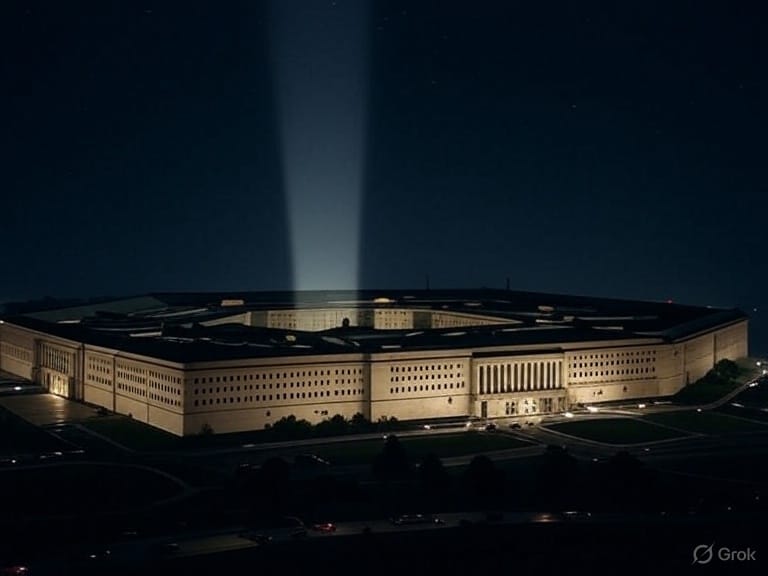- Shortlysts
- Posts
- Trump and Hegseth Push Combat Readiness as Top Military Priority
Trump and Hegseth Push Combat Readiness as Top Military Priority
Trump and Hegseth told generals the military will realign its core focus on combat readiness, clearly signaling a new direction for Pentagon priorities.

What Happened
President Trump and Defense Secretary Pete Hegseth met with senior generals at the Pentagon in a closed-door session to set new military priorities. Administration officials said Hegseth told leaders the era of politically correct leadership was over. He stressed a return to core warfighting priorities.
The meeting focused on resetting military priorities. Hegseth and Trump emphasized that defense policy will now put combat effectiveness and preparedness above diversity, equity, and cultural initiatives. Although no immediate policy changes were announced, this session was the clearest sign yet that the administration aims to reorient military leadership around traditional warfighting capabilities.
Why It Matters
The Pentagon meeting emphasizes a decisive change in the Trump administration's approach. It reveals a clear intention to refocus the military on its foundational mission of combat readiness and deterrence, away from what Trump and Hegseth describe as peripheral cultural programs.
Supporters argue that recent years have overemphasized internal cultural debates at the expense of military strength. They believe the U.S. faces serious threats, from Russia's actions in Europe to China's growing power in Asia, that require full focus on preparedness and capability.
Some believe that sidelining diversity and inclusion could hurt recruitment, retention, and morale in a diverse force. They say military effectiveness depends on combat skills, cohesion, professionalism, and the ability to adapt to social change.
The meeting also sends a message to allies and adversaries. The administration is prioritizing a hard-power approach. With conflicts ongoing abroad, the Trump administration aims to present the U.S. military as more assertive and combat focused.
How It Affects You
For Americans, the direction set in these Pentagon discussions could impact how the military recruits, trains, and manages its personnel. Service members may see different opportunities or career paths if cultural and diversity initiatives are reduced. The perception of the armed forces among younger generations considering service may change, potentially affecting recruitment.
A bigger focus on warfighting readiness may result in greater investment in weapons systems, training, and overseas deployments. This could lead to increased defense spending, impacting the federal budget and taxpayer priorities. Communities with significant military ties may experience increased activity and economic growth. Service members and their families may face higher operational tempos, more frequent deployments, and longer separations.
Internationally, this shift could alter how allies and rivals perceive U.S. intentions. A more combat-focused Pentagon may reassure NATO and Asian allies but could also provoke adversaries, raising risks in tense regions.